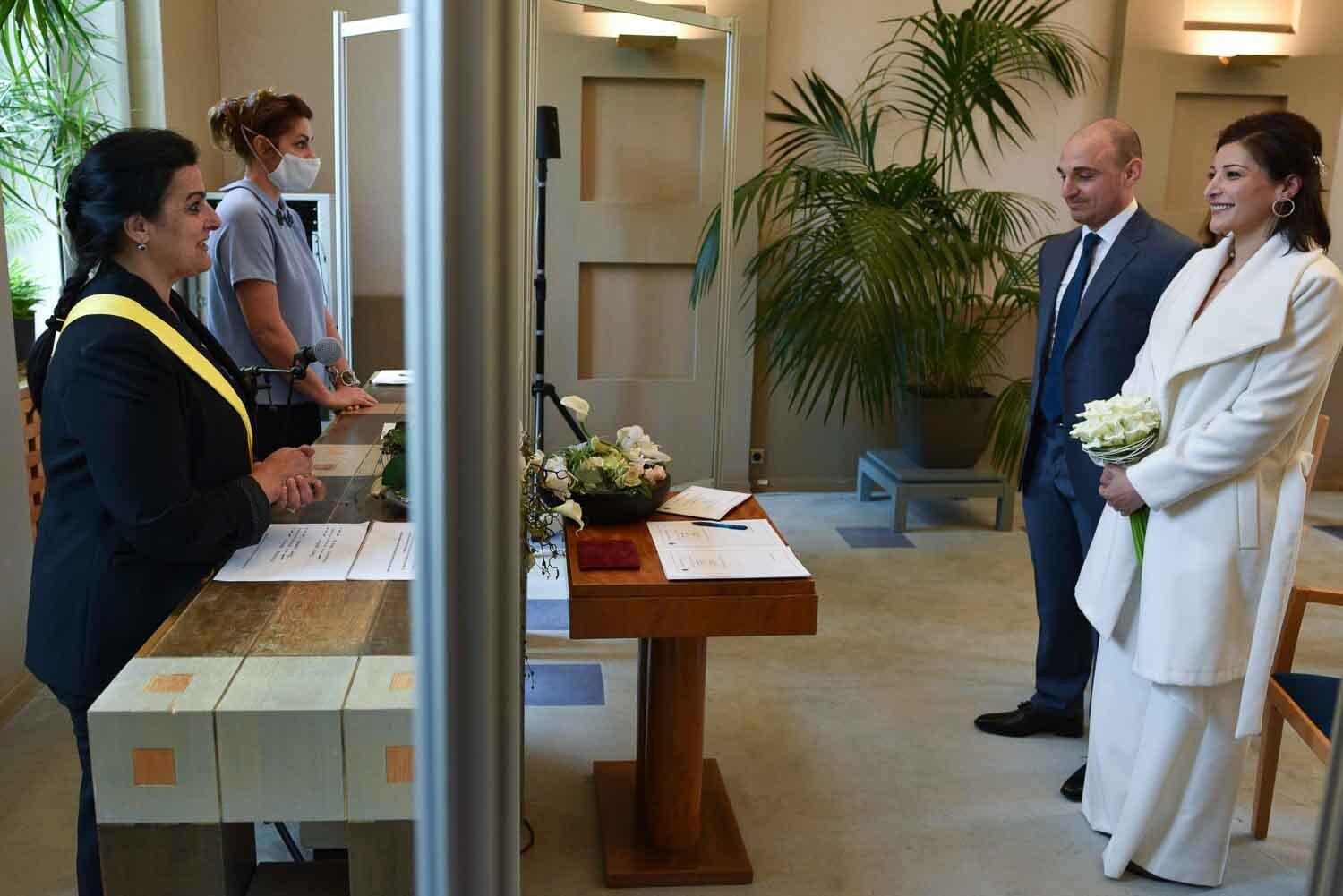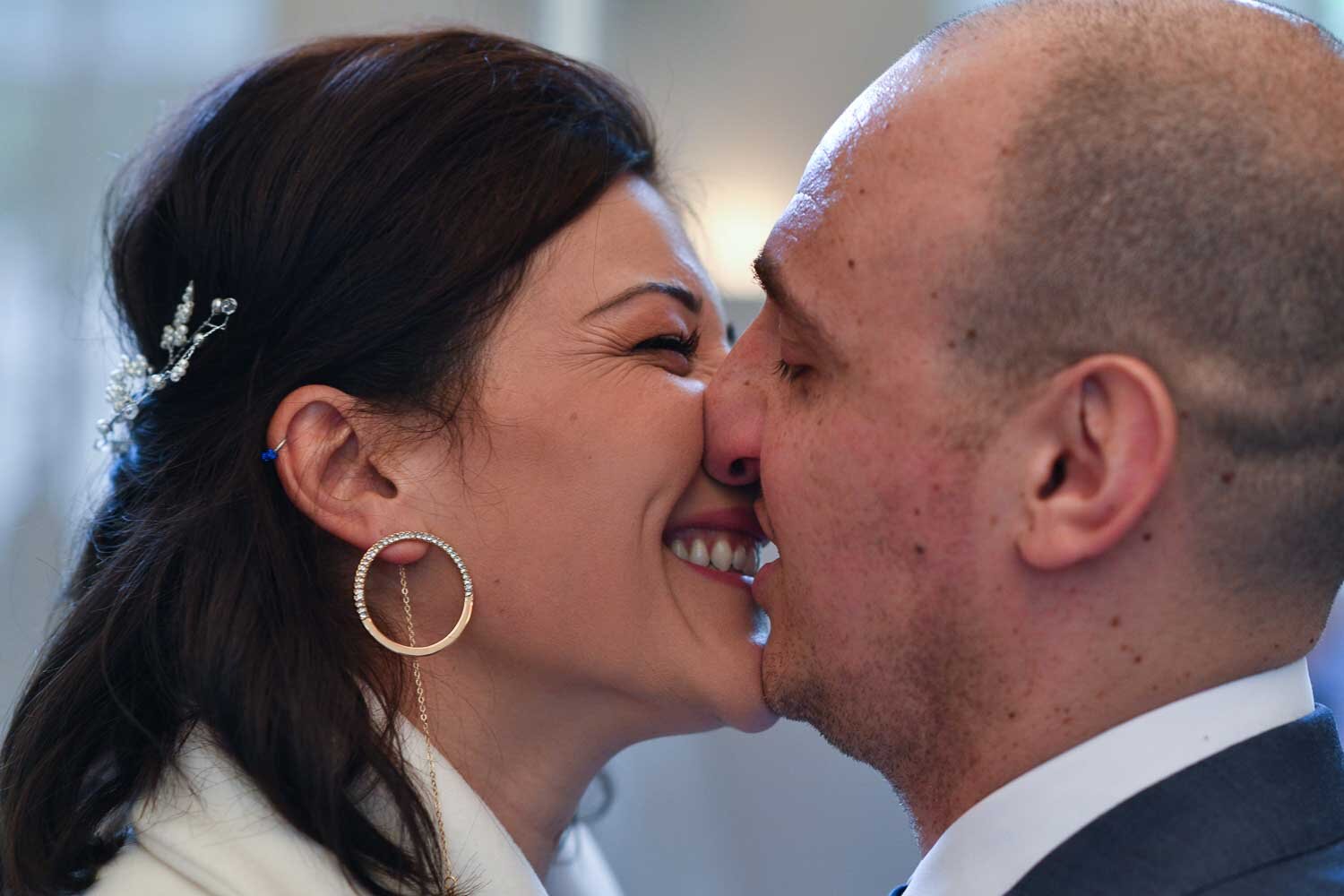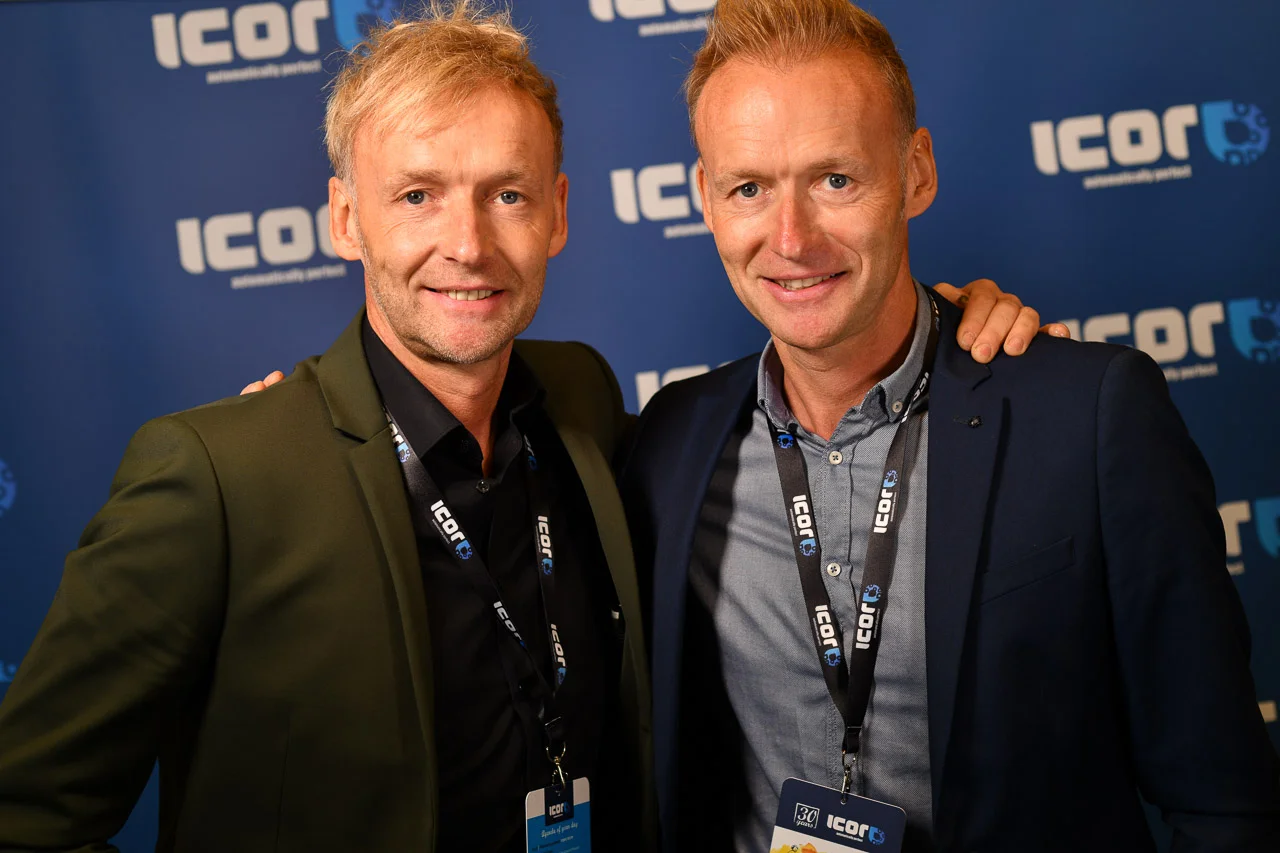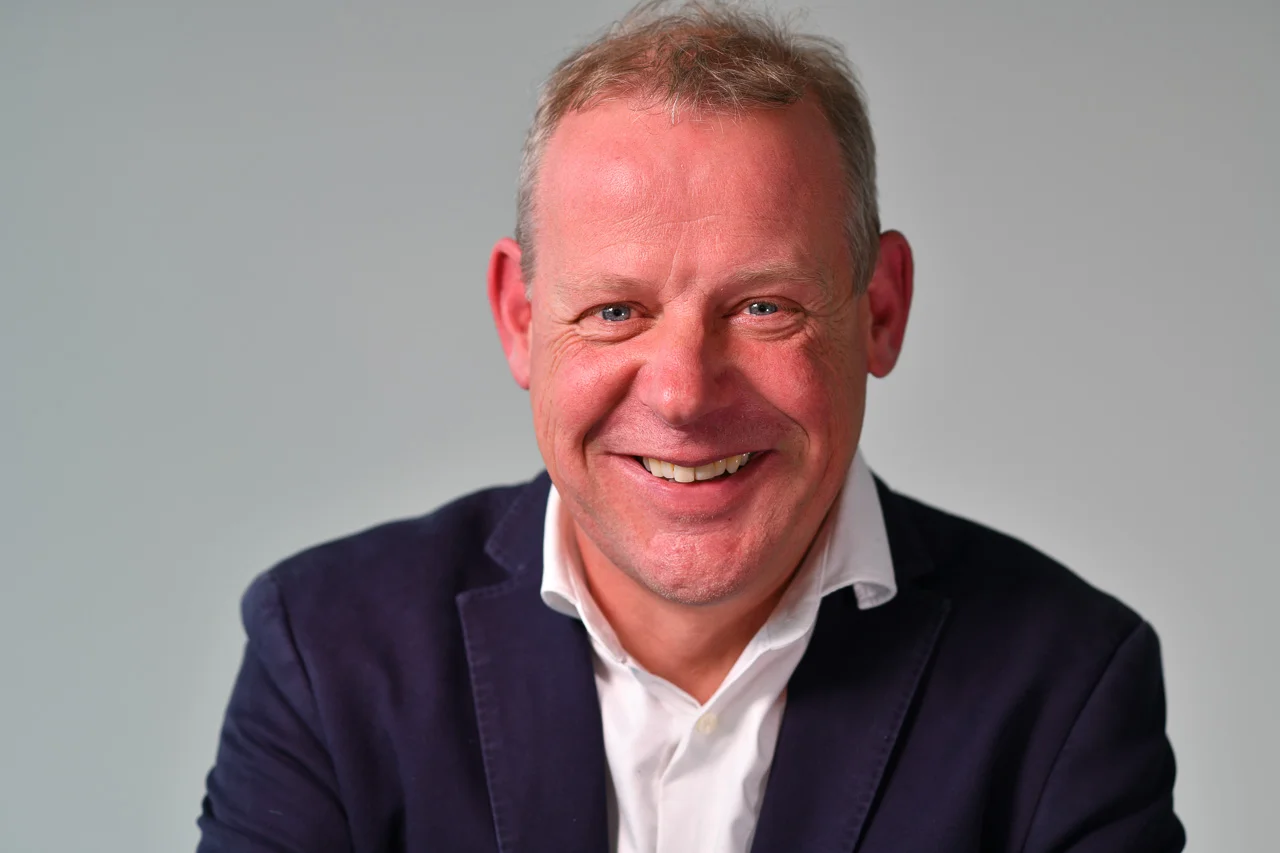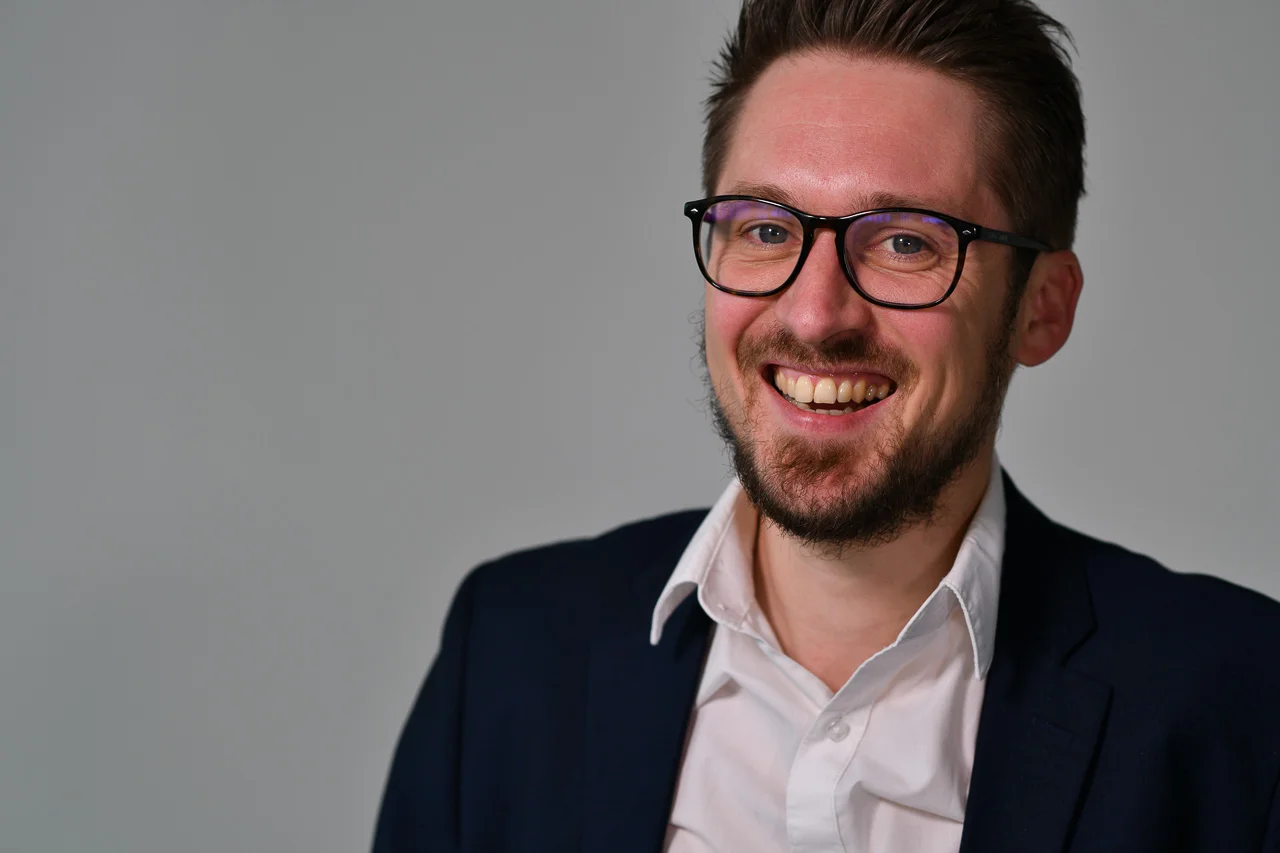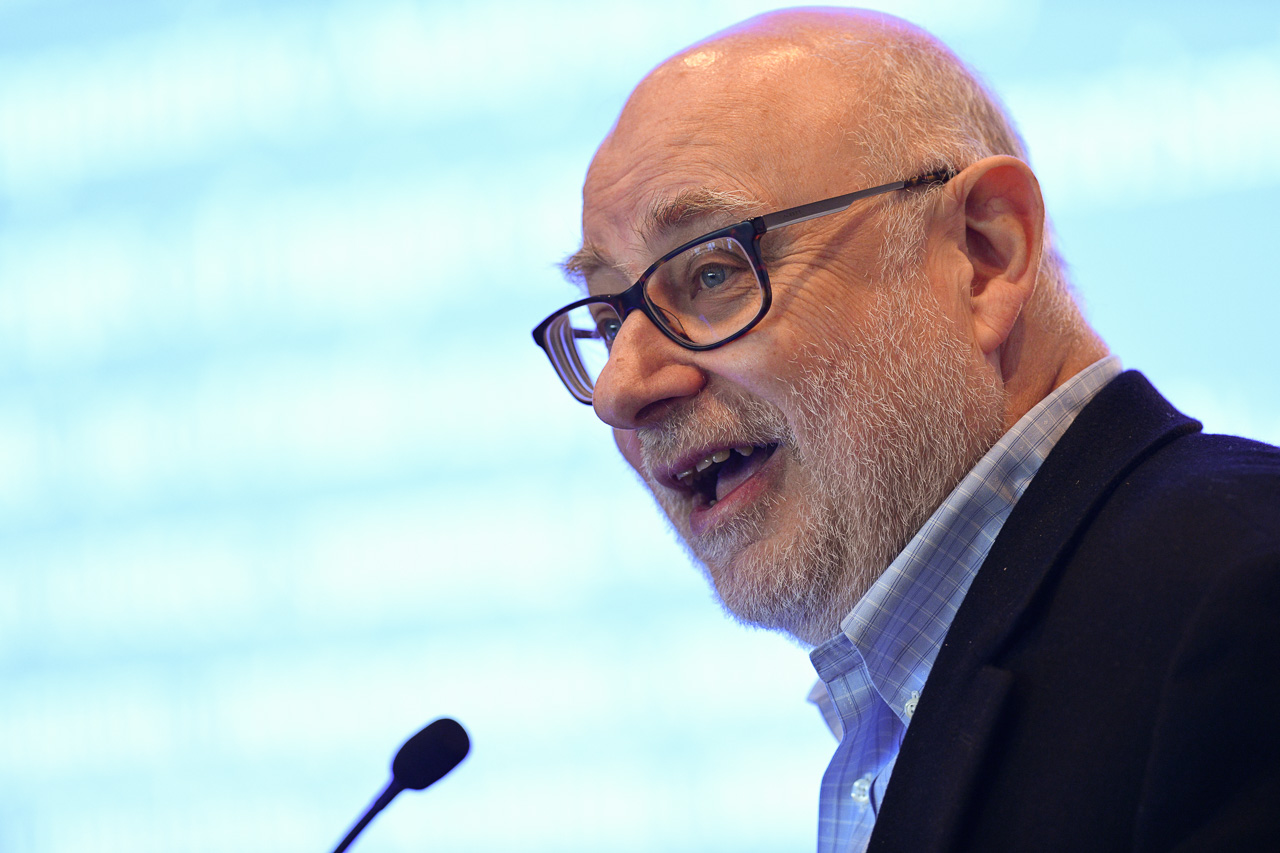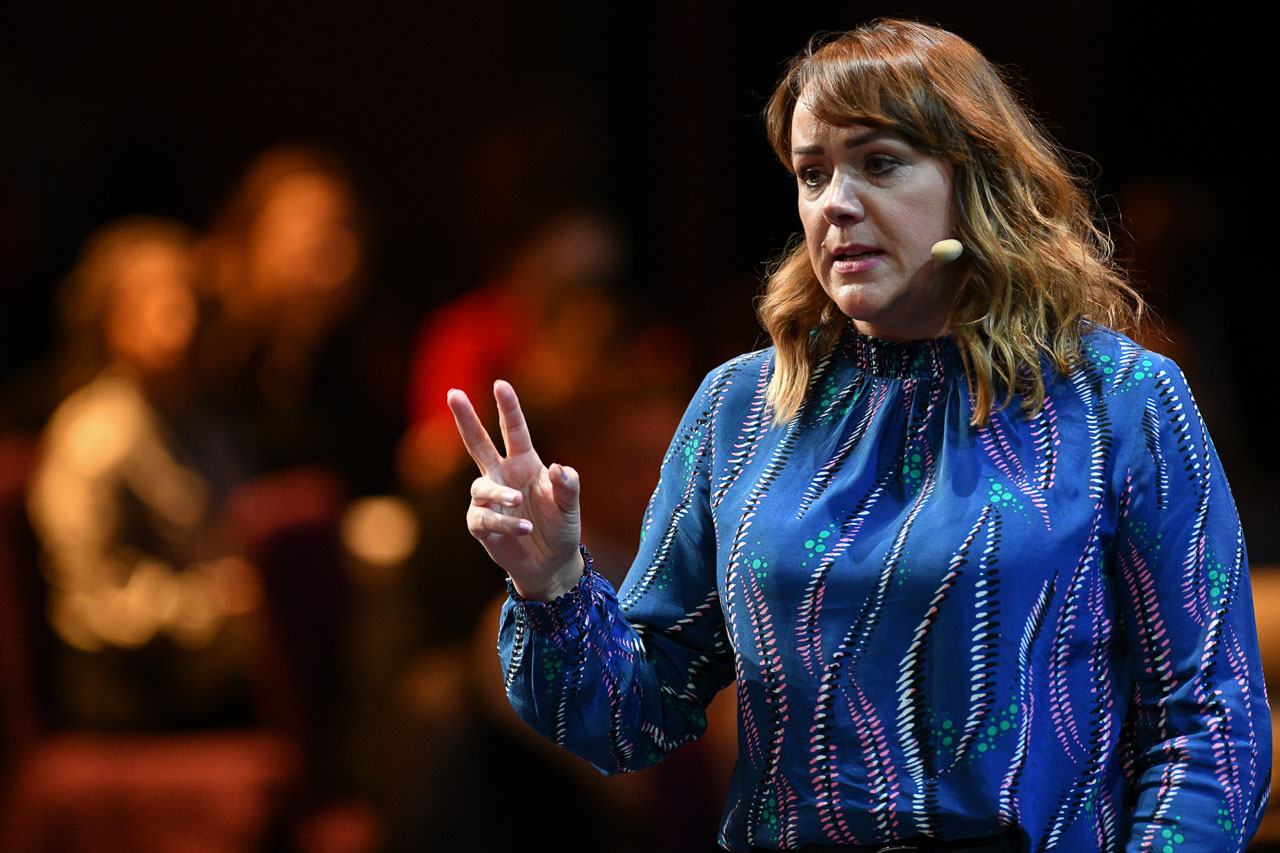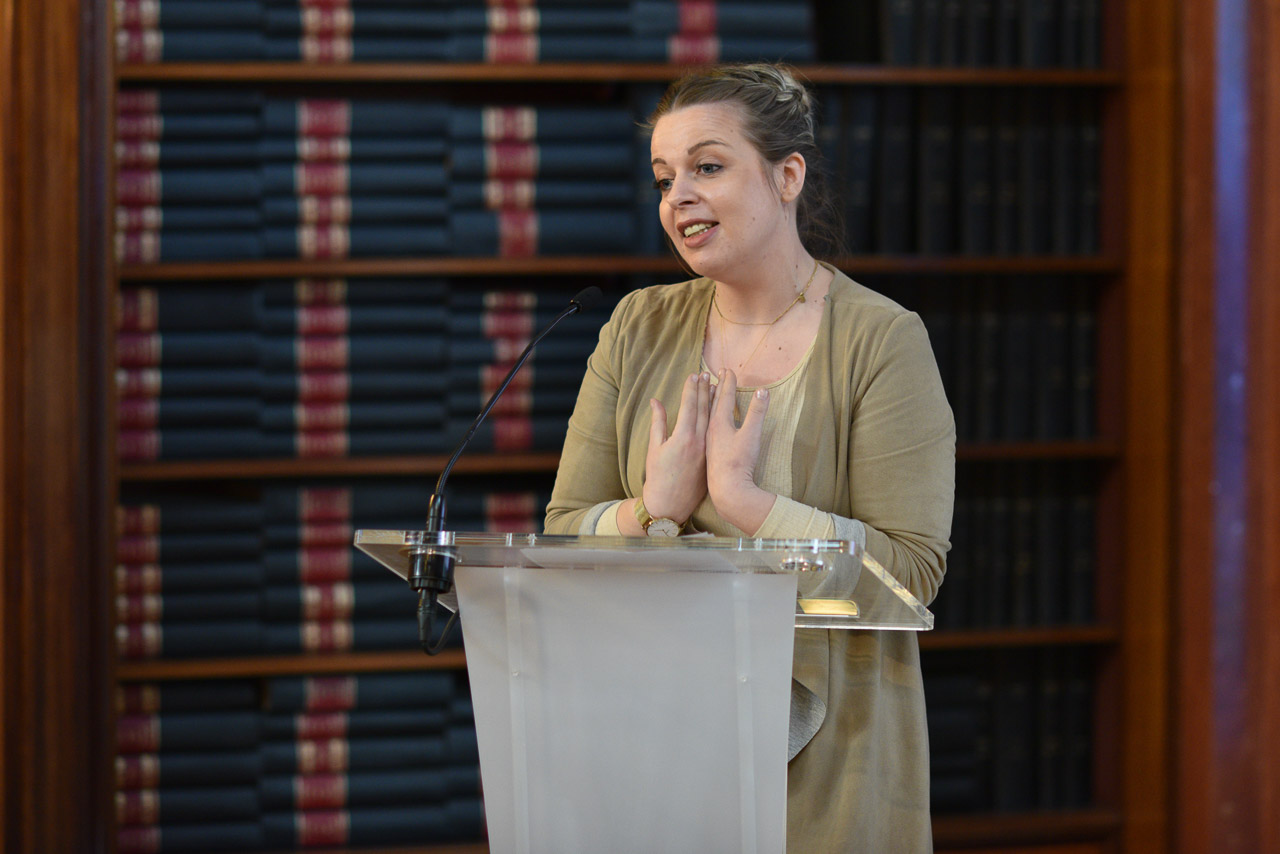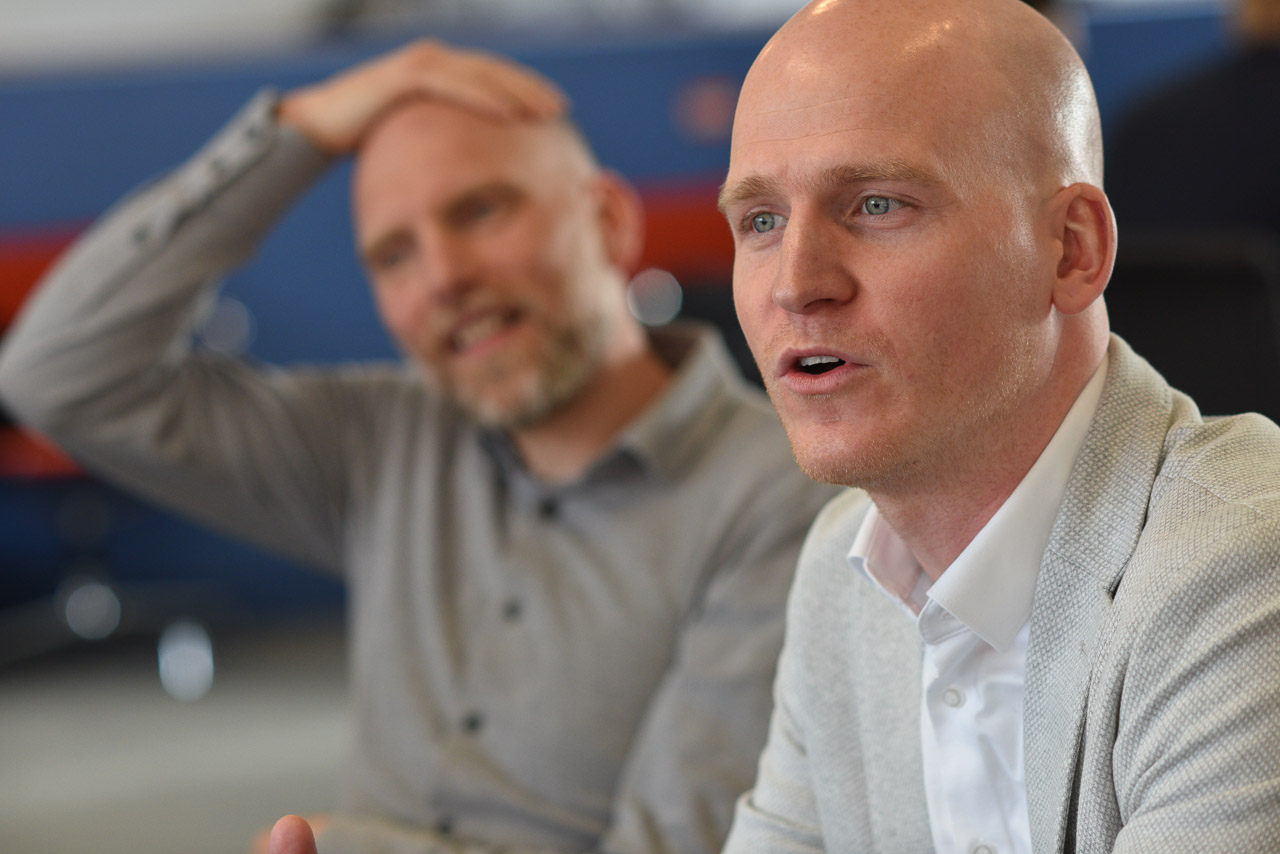First, last and all the way in between, remember that your job is to deliver images that will be useful to the client. She may have chosen you because she likes your style, but it doesn’t matter how creative the photos are if she can’t use them on the organisation’s website or Facebook page. What subjects should you cover? What is the top priority? Are there people or parts of the programme that you should not photograph? Some clients are willing to give a detailed briefing about the ‘look’ they are after, or about technical issues such as aspect ratio. But most will be happy to leave these decisions to you. What’s essential is that you understand where your photographs will end up. If this is a social media account, take a look at the images they post, especially of events. If you want to diverge significantly from an established style, discuss this with your client in advance.
2. Be a participant
I’ve always found that having a basic grasp of the content of an event helps me to make better photos. Make sure you get hold of the programme in advance. Not only will this show timings and speakers’ names, it’ll also give you an idea of the subject matter. What are the hot topics? What will be controversial? Will the participants be excited? I try to read one or two related news articles or listen to a relevant podcast ahead of each event. This will allow you to enter more easily into conversation with delegates during the breaks, which are always great times to capture interactions and candid portraits.
3. Set your camera’s date and time
Before you start, check that date and time are set correctly on your camera, especially if you’re using two or more bodies. Clients will apreciate receiving images in strict time sequence (see Lightroom workflow for multi-camera projects).
4. Smile, chat …
